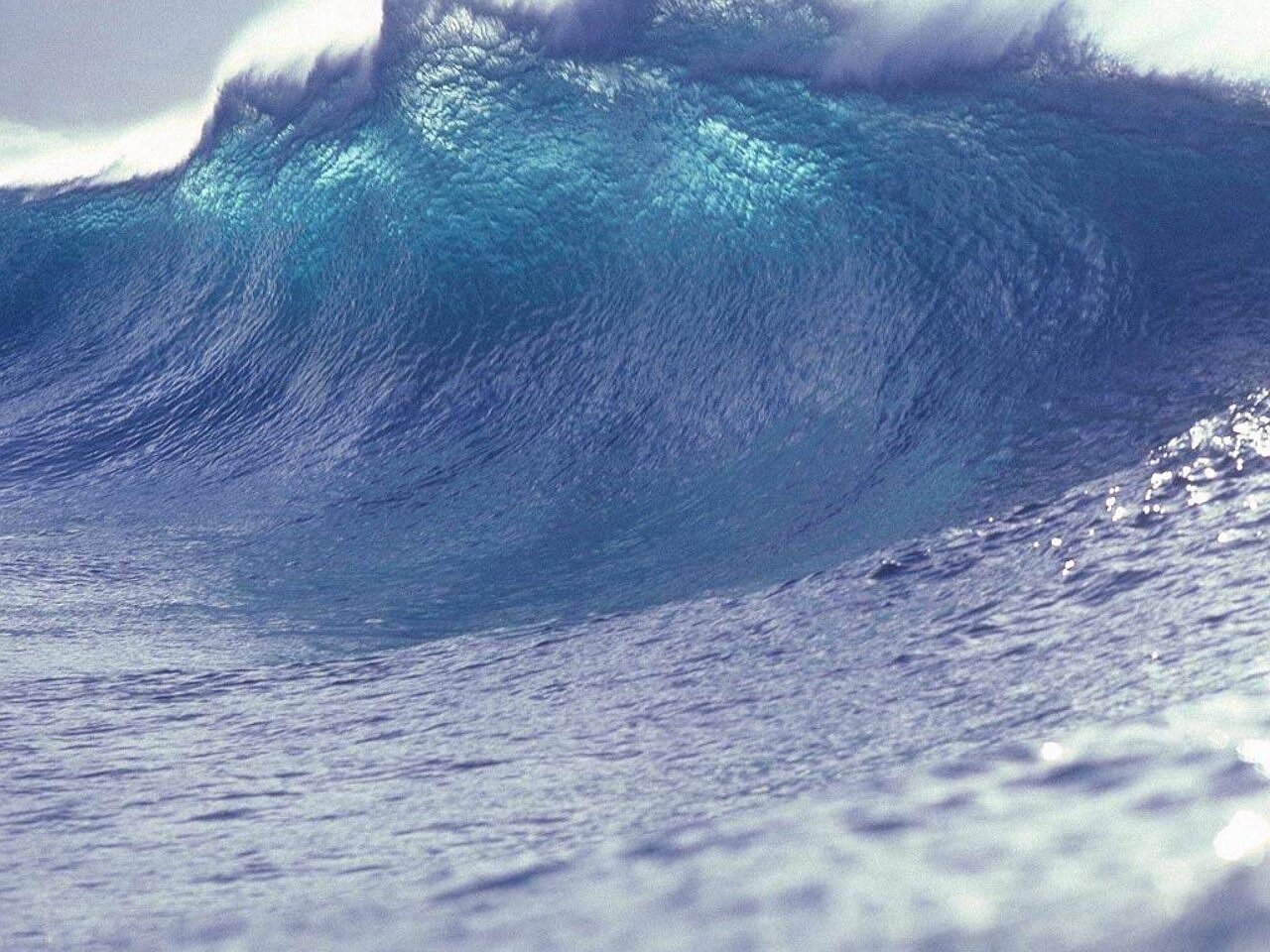Tsunami Threat In California: Coastal Regions Most Vulnerable

Welcome to your ultimate source for breaking news, trending updates, and in-depth stories from around the world. Whether it's politics, technology, entertainment, sports, or lifestyle, we bring you real-time updates that keep you informed and ahead of the curve.
Our team works tirelessly to ensure you never miss a moment. From the latest developments in global events to the most talked-about topics on social media, our news platform is designed to deliver accurate and timely information, all in one place.
Stay in the know and join thousands of readers who trust us for reliable, up-to-date content. Explore our expertly curated articles and dive deeper into the stories that matter to you. Visit Best Website now and be part of the conversation. Don't miss out on the headlines that shape our world!
Table of Contents
Tsunami Threat in California: Coastal Regions Brace for the Unthinkable
California, known for its stunning coastline and vibrant coastal communities, faces a hidden threat: the potential for devastating tsunamis. While earthquakes are the most immediate concern for Californians, the subsequent tsunami risk is often overlooked, leaving many coastal regions dangerously unprepared. This article explores the vulnerability of California's coastline, the potential sources of tsunamis, and the crucial steps being taken – and needing to be taken – to mitigate this significant hazard.
Understanding the Tsunami Risk in California
California's location along the Pacific Ring of Fire, a highly seismically active zone, makes it susceptible to tsunamis generated by both local and distant earthquakes. A major earthquake along the Cascadia Subduction Zone, off the coast of Oregon and Washington, poses the most significant threat. While unlikely to cause widespread devastation directly in California, the resulting tsunami waves could still have a significant impact on the state's vulnerable coastal areas. Furthermore, earthquakes closer to home, along the San Andreas Fault and other active faults, could generate local tsunamis, although these are generally smaller in scale.
Which Coastal Regions are Most Vulnerable?
The impact of a tsunami varies significantly depending on several factors, including the size of the wave, the coastal topography, and the presence of protective structures. Several areas along the California coast are particularly vulnerable:
-
Northern California: Coastal communities in Humboldt, Mendocino, and Del Norte counties face the greatest risk from distant-source tsunamis, specifically those originating from the Cascadia Subduction Zone. Their proximity to the open ocean exposes them to the full force of incoming waves.
-
Southern California: While generally less exposed to large, distant-source tsunamis, Southern California's densely populated coastal areas, including Los Angeles, Orange County, and San Diego, still face a significant threat from locally generated tsunamis and even smaller waves from distant events. Low-lying areas and coastal inlets are especially susceptible to inundation.
-
Central California: Areas like Monterey Bay and Big Sur, while scenic, also possess unique topographical features that can amplify tsunami wave heights, increasing their destructive potential.
Preparing for the Inevitable: Mitigation and Preparedness
Understanding the risks is the first step in effective tsunami preparedness. California is actively working on improving its tsunami warning systems and evacuation plans. However, individual preparedness remains crucial. Here are some key steps you can take:
-
Develop an evacuation plan: Identify evacuation routes and meeting points for your family. Familiarize yourself with local tsunami evacuation zones and signage.
-
Sign up for emergency alerts: Register for emergency alerts from your local government and the National Weather Service.
-
Build an emergency kit: Stockpile essential supplies such as water, food, first-aid supplies, and a battery-powered radio.
-
Elevate valuables: Consider storing important documents and valuables on higher floors or in elevated locations.
-
Participate in tsunami drills: Familiarize yourself with local evacuation procedures by participating in community drills and exercises.
The Future of Tsunami Preparedness in California
Ongoing research and investment in early warning systems are critical to improving California's tsunami preparedness. This includes enhancing seismic monitoring capabilities, improving tsunami modeling, and developing more sophisticated warning dissemination systems. Furthermore, community engagement and education play a vital role in ensuring that residents are aware of the risks and know how to respond effectively in the event of a tsunami warning. By investing in preparedness measures and educating the public, California can significantly reduce the impact of future tsunamis. Staying informed about potential threats and actively participating in community preparedness efforts is essential for protecting lives and property. Learn more from resources like the . Don't wait for a disaster; prepare today.

Thank you for visiting our website, your trusted source for the latest updates and in-depth coverage on Tsunami Threat In California: Coastal Regions Most Vulnerable. We're committed to keeping you informed with timely and accurate information to meet your curiosity and needs.
If you have any questions, suggestions, or feedback, we'd love to hear from you. Your insights are valuable to us and help us improve to serve you better. Feel free to reach out through our contact page.
Don't forget to bookmark our website and check back regularly for the latest headlines and trending topics. See you next time, and thank you for being part of our growing community!
Featured Posts
-
 Tsunami Threat To California Assessing Vulnerability And Damage Potential
Jun 10, 2025
Tsunami Threat To California Assessing Vulnerability And Damage Potential
Jun 10, 2025 -
 The Views Whoopi Goldberg Calls Elon Musk And Donald Trumps Split A Fake Relationship
Jun 10, 2025
The Views Whoopi Goldberg Calls Elon Musk And Donald Trumps Split A Fake Relationship
Jun 10, 2025 -
 Villanovas Jay Wright Officially Out Of Knicks Coaching Race
Jun 10, 2025
Villanovas Jay Wright Officially Out Of Knicks Coaching Race
Jun 10, 2025 -
 Whoopi Goldbergs Outburst Fake News Or Genuine Disagreement On The View
Jun 10, 2025
Whoopi Goldbergs Outburst Fake News Or Genuine Disagreement On The View
Jun 10, 2025 -
 Triple Crown Champion Sovereignty Wins The 2025 Belmont Stakes
Jun 10, 2025
Triple Crown Champion Sovereignty Wins The 2025 Belmont Stakes
Jun 10, 2025
